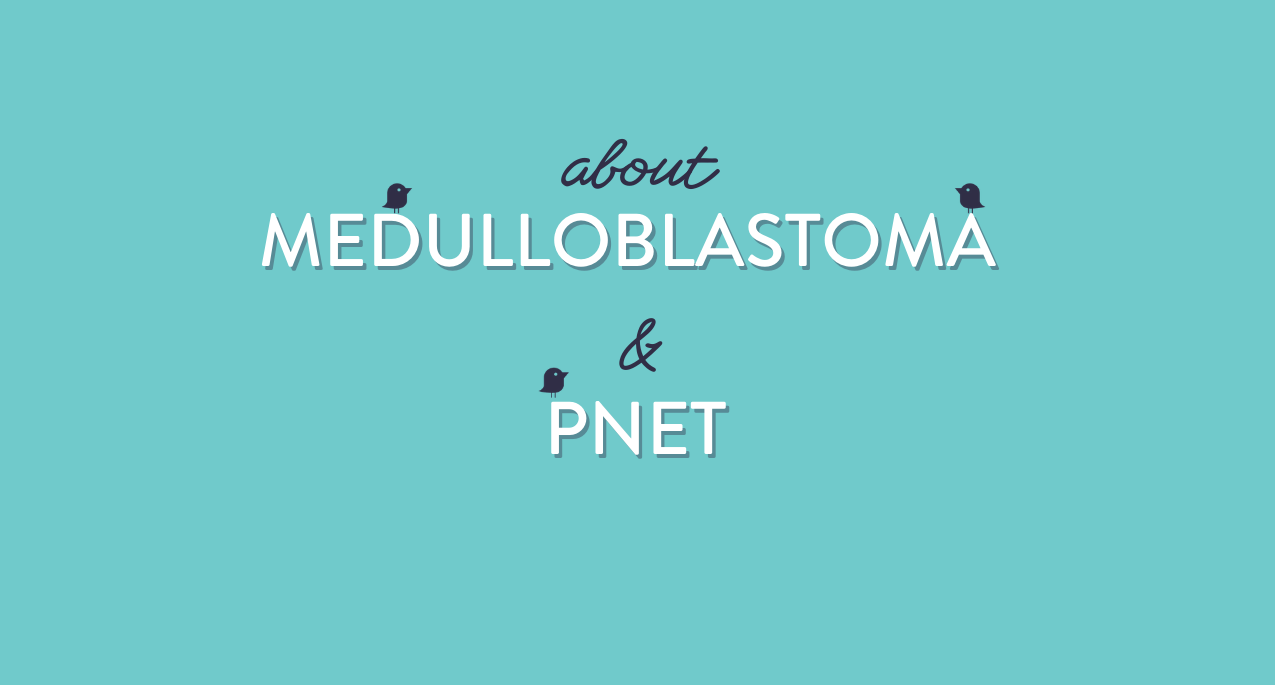
About Medulloblastoma / PNET
About Medulloblastoma/PNET
Medulloblastoma/PNET is one of the most common brain tumour of childhood, representing 20% of all childhood brain tumours. They are most common in children between the ages of three and eight, and are slightly more common in boys than girls. They can also be found in adults but are extremely rare.
Most of these tumours originate in the lower back part of the brain (called the cerebellum) and are called medulloblastomas.
When they occur in other parts of the brain they are called PNETs (Primitive Neuro Ectodermal Tumours). If a PNET occurs in the area of the brain called the pineal gland, then the PNET is known as a pineoblastoma. All PNETs can sometimes spread (disseminate or metastasise) to the spinal cord through the cerebrospinal fluid. Like other childhood brain tumours, they rarely spread outside the central nervous system (brain and spinal cord) to other organs of the body.
Symptoms
Common symptoms include:
-
Vomiting (most common), with/out nausea. Commonly occurs in the morning after wakening
-
Headaches
-
Clumsiness
-
Difficulty with tasks like handwriting
-
Gradual decline in school performance (impaired attention)
If there is tumour spread to the spinal cord, the signs and symptoms may include:
-
Difficulty walking
- Back pain
-
Problems with bowel and bladder control
Treatment
The treatment used for medulloblastoma or PNET depends on where the tumour is, if it has spread and the age of your child. Common treatments include surgery, radiotherapy, chemotherapy and clinical trials. You can read more about different treatment types here via the Royal Children’s Hospital website.
What you can do
Our mission is to help change the odds for young people with brain cancer, we do this via funding critical, research and development projects. You can help by donating here
Return to other posts and stories here